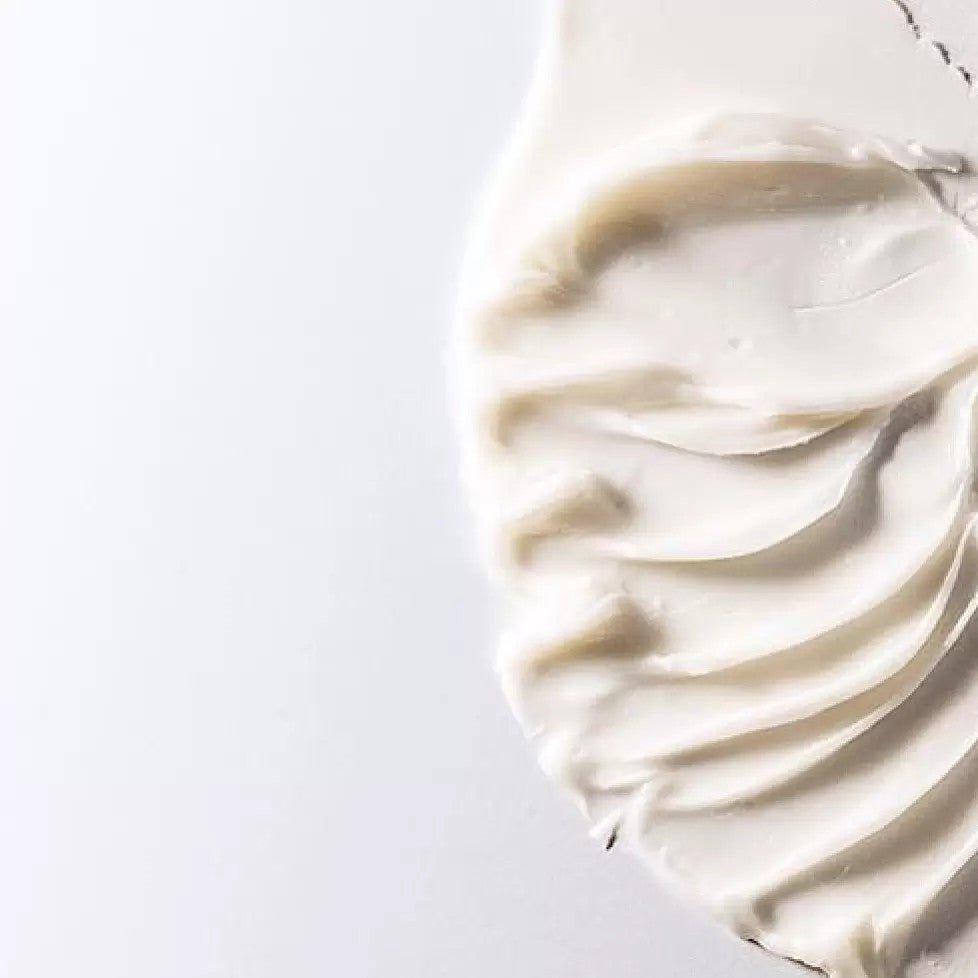
8 Ways to Hydrate Your Skin
With winter well underway, this is the time of year during which dry and dehydrated skin becomes a much more prevalent concern than perhaps during other seasons.
Signs and symptoms can include a rough texture to the touch, flaking or itching, a dull lifeless complexion, a lack of clarity, a sensation of tightness or discomfort, more visible fine lines, and a noticeable loss of that glow you might normally experience. If you are one of many countless individuals who exhibits these types of symptoms during colder months and would like to rehydrate and nourish your skin, we would encourage you to follow these 8 simple tips.
Briefly, a friendly reminder of the differences between dry and dehydrated skin: dryness refers to a lack of oil in the skin, while dehydration refers to a lack of water. In this article, we aim to provide some guidance that will help to correct both, as both dryness and dehydration are equally common issues during colder periods.
-
Use humectants.
These are ingredients that attract water molecules, including lactic acid, glycerin, sorbitol, and hyaluronic acid. We want to encourage as much water retention in the tissue as possible.
-
Create a barrier with occlusive ingredients.
Keeping skin hydrated will be all for naught if it simply evaporates through the skin’s surface in a process called Trans-Epidermal Water Loss (TEWL). An occlusive is an ingredient that is long-lasting on the skin’s surface and sits there like a shield, keeping products sandwiched in below and preventing TEWL. Examples include lanolin, cholesterol, squalene, jojoba, and various other plant-derived oils and wax esters.
-
Take a break from air conditioning.
Cold weather means heating and air conditioning, which can have a substantial drying and dehydrating effect on the skin. For many, these are running both at work and at home, with exposure up to 24 hours per day! Ensure you are providing yourself enough time in fresh outdoor air. If this just isn’t reasonable for you, consider monitoring the humidity levels within your home and/or workspace. Humidity readers are fairly affordable and accessible, and can help you determine if your regular environment is extremely dry and therefore detrimental to your skin’s health. Many health organisations recommend between 30-60% humidity in the home.
-
Use a face mist.
Particularly for those in constant air conditioning or heated environments, spritzing your face throughout the day can top up the moisturising ingredients on the skin’s surface, boosting its protection. Mists are also recommended for those who experience sensations of heat or flushing in the face. This vasodilation of the tissue’s vessels will result in heightened water loss. A mist, or even a cold pack if the flushing is intense, is recommended to bring down the heat.
-
Incorporate essential fatty acids into your diet.
These assist in maintaining the body’s moisture levels, as well as the health of our cell membranes. When these cell membranes become compromised, skin function can be altered, including barrier integrity and moisture retention.
-
Adjust your routine where needed.
Most individuals notice a change in skin behaviour as the weather fluctuates, and yet, continue with their usual skincare routine. If your skin acts differently in winter than it does in summer, including dryness and/or dehydration, you should respond to these signals in kind with some adjustments to your products. Swap your usual cleanser to a gentler, more nourishing option, and consider a richer moisturiser or additional hydrating serum.
-
Apply hydrating masks liberally.
Whatever your usual mask application frequency is, double it! When it comes to hydrating face masks, there is no such thing as too often. These are designed to give a concentrated boost of moisture to the skin, and now is the perfect time.
-
Use a home dermal roller.
Gentle skin needling using a home roller will kick sluggish winter skin into gear, encouraging cell proliferation and restoring circulation for improved overall function. Additionally, you will be creating channels for your hydrating skincare products to penetrate further than they otherwise would, working their magic on a deeper level to hydrate and restore the skin.
Keeping the skin well nourished and hydrated is absolutely essential in maintaining optimal skin health, and delaying damage and signs of ageing for as long as possible. A great example is wet vs dry healing. Many years ago, we used to believe that a wound should be kept dry in order for it to heal best and that leaving the area moist would incur infection. We now know that tissue repair is improved tenfold when kept moist, not dry. This applies to our skin health in a general sense, and when it becomes dry, its functions can be disrupted, including our natural barrier. This can lead to infections, inflammation, and faster breakdown of collagen and elastin, which of course means wrinkle formation.
For this winter, remember to drink plenty of fluids, pay close attention to the signs your skin is giving you, and above all: moisturise!




Leave a comment
This site is protected by hCaptcha and the hCaptcha Privacy Policy and Terms of Service apply.